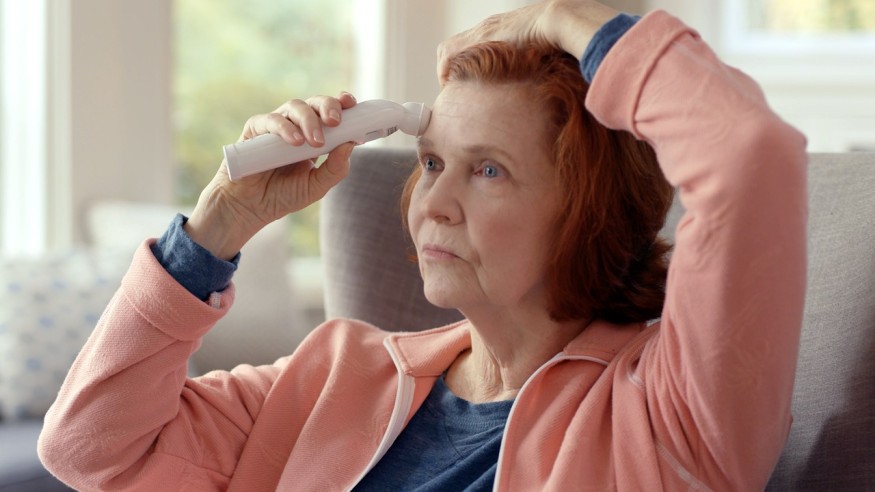
New findings propose that elevating body temperature to fever-like levels, known as whole-body hyperthermia, could potentially serve as an effective treatment for depression by triggering anti-inflammatory immune responses.
Depression, a leading cause of global disability, continues to pose challenges in treatment despite the availability of various antidepressant therapies. Seeking alternatives, researchers have turned their attention to exploring novel treatments and understanding their underlying mechanisms.
Previous studies hinted at the potential of fever-range whole-body hyperthermia to induce rapid and lasting antidepressant effects. However, the biological pathways responsible for these effects remained unclear. Whole-body hyperthermia involves elevating the body's core temperature through methods such as infrared heat, creating a fever-like state and triggering various physiological responses.
Study author Naoise Mac Giollabhui, a clinical fellow at Massachusetts General Hospital, emphasized the urgent need for innovative antidepressant treatments and highlighted the ancient lineage of heated therapies in promoting health, sparking interest in uncovering their neuroimmune mechanisms.
"Interestingly, the idea of heated therapies is novel in psychiatry and also has an ancient lineage. Cultures all over the world have used heat for thousands of years to promote health. I was drawn to understanding why this is and the likely underlying neuroimmune mechanisms explaining it," Mac Giollabhui explained, as per PsyPost.
The recent study published in the journal Brain, Behavior, and Immunity, aimed to delve into these mechanisms, focusing on inflammatory responses, particularly interleukin-6 (IL-6), a cytokine involved in the body's immune response. While previous research indicated a short-term increase in IL-6 levels following whole-body hyperthermia, the specific pathways and effects of IL-6 in this context warranted further investigation.
To address this, researchers conducted a double-blind, randomized, sham-controlled trial involving 26 adults diagnosed with major depressive disorder. Participants were randomly divided into two groups: one receiving active whole-body hyperthermia and the other a sham (placebo) treatment. During the active session, participants' core body temperature was elevated to 38.5°C using infrared lights and heating coils, followed by a cool-down phase. The sham treatment mirrored the procedure but lacked active heating elements.
Depressive symptoms of participants were evaluated using the Hamilton Depression Rating Scale (HDRS) before the treatment and at various intervals over the next six weeks. Blood samples were collected before, immediately after, and during subsequent follow-ups to measure IL-6 and its soluble receptor levels. The primary metric employed was the ratio of IL-6 to sIL-6R in the blood, serving as an indicator of classical anti-inflammatory signaling pathway activation.
Results revealed a notable rise in the IL-6 to sIL-6R ratio immediately post-treatment among participants receiving whole-body hyperthermia, a change not observed in the sham group. Crucially, this heightened ratio correlated with a more significant reduction in depressive symptoms in the subsequent weeks, indicating a potential role of an anti-inflammatory mechanism mediated by IL-6 in the antidepressant effects of whole-body hyperthermia.
Despite the promising outcomes, the study faces several limitations. Firstly, the sample size was relatively small, thereby compromising the broader applicability of the findings and emphasizing the necessity for replication in larger-scale trials. Additionally, the study relied on the IL-6 to sIL-6R ratio as an indirect measure of classical anti-inflammatory signaling. To validate the proposed mechanism, a direct assessment of IL-6 binding to either membrane-bound or soluble receptors throughout the body is imperative.
"We are not measuring the anti-inflammatory immune signaling pathway directly and are using a very imprecise proxy to estimate it," Mac Giollabhui noted. "As such, these results should be considered preliminary and suggestive, rather than conclusive."
